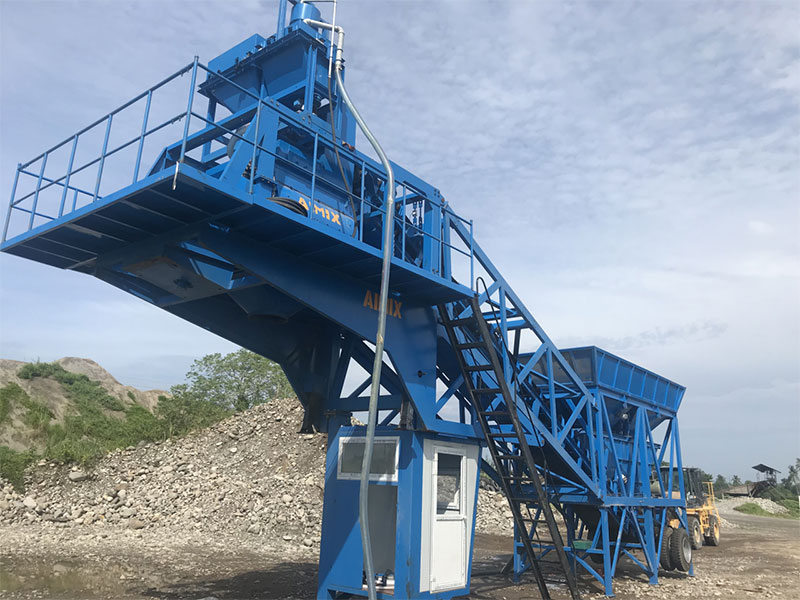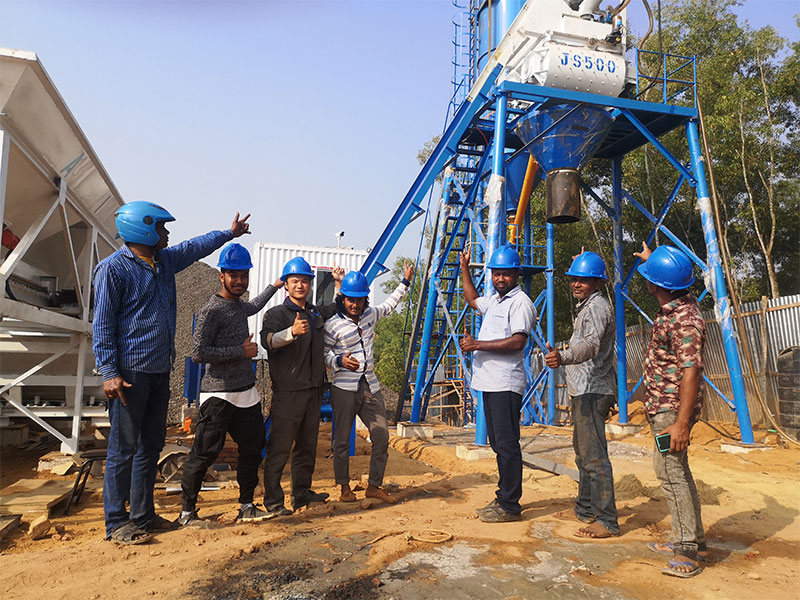In the field of construction and concrete production, batching plants play a crucial role in efficiently mixing and delivering concrete to various project sites. Two popular types of batching plants are mobile batching plants and stationary batching plants. While both serve the same purpose, they differ in terms of mobility, flexibility, and operational capabilities.
Mobility and Flexibility
One of the primary distinctions between mobile and stationary batching plants is their mobility. Mobile batching plants are designed to be transported easily from one location to another, making them ideal for projects requiring frequent relocations, and has good harga batching plant mobile. These plants are mounted on trailers or trucks, equipped with axles and wheels, allowing them to be quickly set up and dismantled. On the other hand, stationary batching plants are permanently installed at a fixed location, making them suitable for large-scale projects or areas with consistent concrete demand.

The mobility of mobile batching plants provides several advantages. Firstly, it enables construction companies to respond swiftly to project demands by shifting the plant closer to the construction site. Secondly, mobile plants allow for on-site concrete production, eliminating the need for transporting concrete from a central batching plant. This feature reduces transportation costs and increases overall efficiency. In contrast, stationary batching plants require a dedicated fleet of transit mixers to transport the concrete, resulting in additional logistical challenges.
Production Capacity and Equipment
When comparing mobile and stationary batching plants, it is essential to consider their production capacity and equipment. Stationary plants generally have higher production capacities, making them suitable for large-scale construction projects. These batching plant di indonesia are equipped with larger storage silos, multiple cement and aggregate weigh hoppers, and advanced control systems, ensuring precise and efficient batching operations.
On the other hand, mobile batching plants are designed to have smaller production capacities, typically ranging from 20 to 60 cubic meters per hour. Although they have lower production outputs, mobile plants offer a wide range of advantages. They are equipped with compact equipment, including cement and aggregate storage bins, water tanks, and admixture tanks. Despite their smaller size, mobile plants are capable of producing high-quality concrete meeting industry standards.

Cost Considerations and Time Efficiency
Cost considerations and time efficiency are vital factors that influence the choice between mobile and stationary batching plants. Mobile batching plants tend to have a lower initial investment cost compared to stationary plants. The modular design and compact structure of mobile plants contribute to their affordability, making them a suitable choice for small to medium-sized construction projects. Additionally, the reduced transportation costs associated with mobile plants further contribute to cost savings.
In contrast, stationary batching plants require a higher initial investment due to their larger size, fixed infrastructure, and advanced equipment. However, they offer long-term benefits for large construction companies with continuous concrete demands. Stationary plants provide greater production capacities, enhanced automation features, and the potential for integration with other systems such as concrete delivery pipelines. These advantages result in improved productivity and efficiency, compensating for the initial investment and harga batching plant mini.
Furthermore, time efficiency is another aspect to consider. Mobile plants offer rapid setup and dismantling times, allowing construction companies to commence operations swiftly upon arrival at a new site. In contrast, stationary plants require significant time for installation and infrastructure setup. However, once installed, they provide a consistent and reliable supply of concrete, minimizing downtime associated with relocation and setup procedures.
Conclusion
In summary, mobile batching plants and stationary jual batching plant each have distinct characteristics and advantages. Mobile plants offer enhanced mobility, flexibility, and cost savings for small to medium-sized construction projects with fluctuating concrete demands. On the other hand, stationary plants provide higher production capacities, advanced automation features, and long-term efficiency for large-scale construction projects. Ultimately, the choice between mobile and stationary batching plants depends on the specific requirements, project scale, and anticipated mobility needs. By carefully considering these factors, construction companies can select the most suitable batching plant type to optimize their operations and achieve concrete production goals.